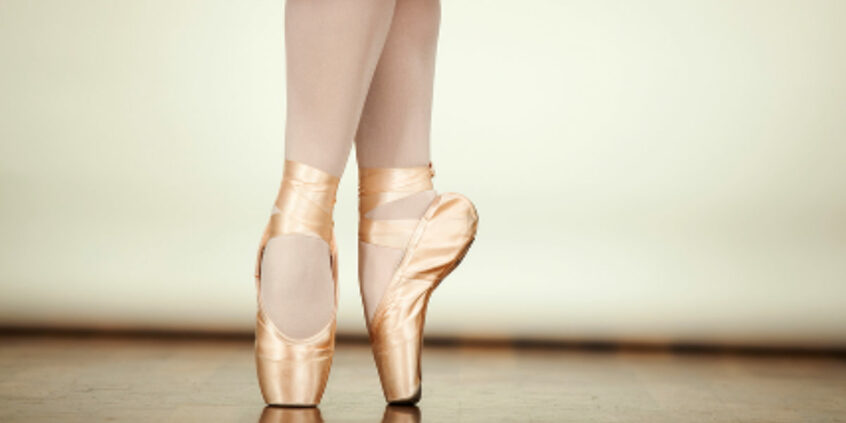By Daniel Labadie
The life of an athlete is full of challenges, and dancers are no exception to this. From Broadway stages to studios, a dancer’s body is in constant demand for hours a day, sometimes 7 days a week. While the role of a professional dancer can vary from teaching to performing, most dancers seem to have one major thing in common: injuries. Like any other sport, the physical demands of dance can sometimes result in occasional harm to the body. Dancers have found the practice of Yoga to be beneficial in supporting their physical bodies, but can Yoga be used as a form of injury management for these athletes?
There is evidence to suggest that Yoga may be beneficial for increasing and maintaining flexibility and balance amongst collegiate athletes, which serves as a form of injury prevention. The study analyzed a group of male college athletes who attended a bi-weekly Yoga class for 10 weeks (Polsgrove, Eggleston and Lockyer, 2016). The results showed that each participant experienced a significant increase in both flexibility and balance measurements and the researchers concluded that a regular Yoga practice “may enhance athletic performances that require these characteristics” (Polsgrove, Eggleston and Lockyer, 2016). However, more research is needed on Yoga as a form of injury management for dancers specifically. Additionally, the above study only analyzed male athletes and the results cannot be applied to other populations.
Like most sports, there is an assumption of risk that comes with repetitive physical exercise. Local valley dance teacher, Rolanda Polanco, knows firsthand about movement related injuries. “I’ve broken toes, torn ligaments in my ankle and sprained both feet along with stress fractures, patellar tendonitis, back injuries and neck pain.” Rolanda has 18 years of experience teaching dance for children and high school students, who also experience their share of performance related injuries. “The most common injuries I have seen over the years amongst my students have been sprained ankles and stress fractures.”
On average, most dancers go through conditioning exercises and various forms of flexibility and strength training as methods of both injury prevention and improving performance. However, dance professionals do not always address injury treatment in the dance world. “Unfortunately in my experience, I had next to no injury management that came from my dance instructors & continued to repeatedly have the same injury,” says Hannah Swim, an actor and dancer of 11 years who also teaches Yoga. “Of course, everyone knows their body best, and as a dancer what kind of things might trigger pre-existing injuries and how to ice and heat, and so on. We can call that common sense, but common sense only goes so far when you’re dealing with a detail-oriented issue that involves multiple muscle complexes in the body.”
After repeatedly hurting her left knee, Hannah’s recovery and management techniques were taught to her by medical professionals rather than her dance teachers. “My rehabilitation knowledge came from my physical therapist and their recommendations from their limited understanding of what ballet does to the body. My ballet instructor understood to tread lightly as I progressed back into full time dance, but most of the modification decisions were based on my own intuition. I had to reconstruct my leg and build back the muscle strength to match the demand of the rigor of ballet.”
Both Rolanda and Hannah have found a positive impact in practicing Yoga throughout their dance careers. “I believe yoga is a beneficial practice for dancers,” says Rolanda, who has used Yoga as a method of both injury prevention and recovery. “Every time I lead my dance classes in our warm up and stretch, I always incorporate at least 6 yoga poses.”
“Yoga can be beneficial for injury prevention because you’re tapping into an awareness about your body and how it’s feeling that normally isn’t a focus when you’re drilling out combos or choreography,” Hannah states. “It also works in supplementation for strength training in areas that could be weak, while simultaneously giving you the opportunity to elongate and release places in your body that we may not even realize are carrying tension.”
Dance professionals, especially choreographers and instructors, may benefit from investing time to investigate the effects of Yoga on dance related injuries. While an injury can almost never be anticipated, dancers can be prepared to take care of themselves or those they teach should one arise.
Works Cited
Polsgrove, M.J., Eggleston, B.M., Lockyer, R.J. (2016). Impact of 10-weeks of yoga practice on flexibility and balance of college athletes. International Journal Of Yoga, 9(1), 27–34. Doi: 10.4103/0973-6131.171710

